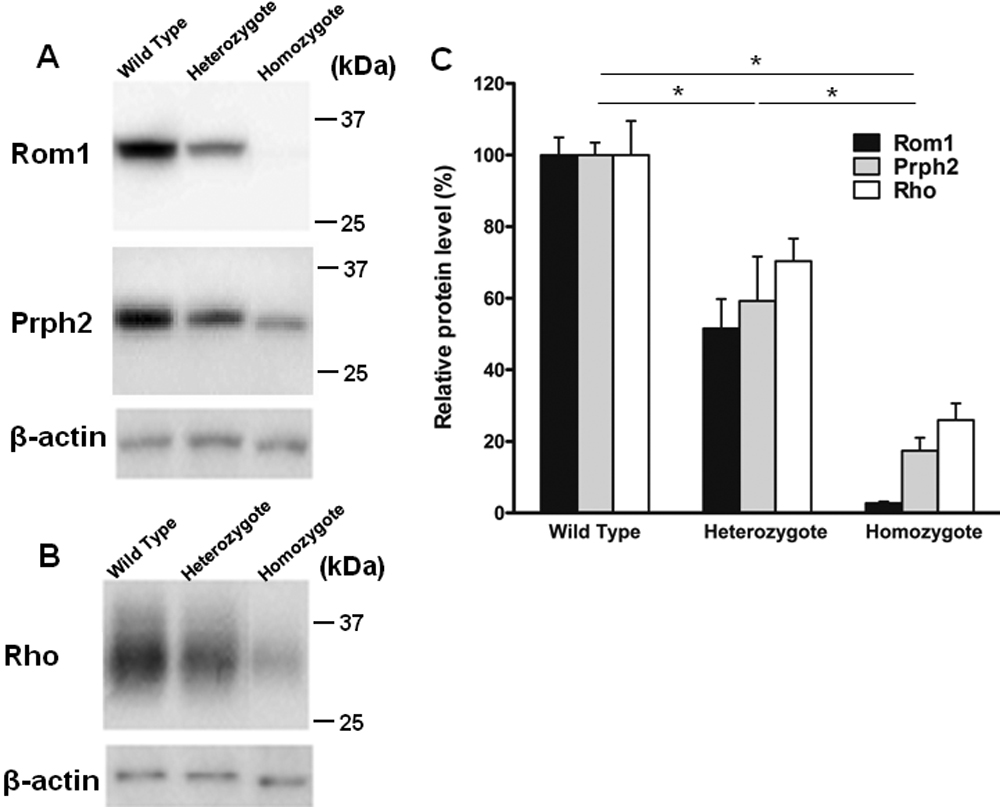

Bands with high expression are typically darker, but also often larger in size, so we want to know both of these attributes for our comparison later.Ĩ. The Pixels value is the number of pixels contained in your selection area. The Mean value is the average gray value (from 0 to 255) for the area inside your selection. Record these two numbers for your selection. The histogram information includes a “Mean” value and a “Pixels” value. Click on this and choose ‘expanded view’ to show the values for your selection.įor Photoshop v.5+6: Go to Image>Histogram to display the histogram for the current selection.ħ. In newer versions of Photoshop (CS2, CS3) there is a small arrow in a circle in the upper right corner of the histogram window. For Photoshop CS2/3: If the histogram window is not open by default, go to Window>Histogram to open the histogram. This is where your judgement comes in to play, determining where the edges of the band are, and what is simply background.Ħ. On the first band, use the lasso tool to draw a line all the way around the edges of the first band. Choose the lasso tool from the tool palette.ĥ. When photo programs report darkness/lightness values, the dark points have values near zero, and the light points have values that max out at 255.Ĥ. This is useful later, as the high-expression bands, which are dark on the film, will have high numerical values when we measure them. Now the dark parts of the film are light, and the light parts are dark. Under Image>Adjustments, select Invert (or press Ctrl+I). We don’t care about color information, only grayscale information, so we can discard the color information.ģ. Under Image>Mode, check the grayscale option if it’s not already selected. You can scan the film as a grayscale image, and set the resolution to a medium value (300-400dpi).Ģ. This can be a cheap consumer unit, or a more expensive transparency scanner if you have access to such a beast. To start with, you’ll need to scan in your xray film on a flat-bed scanner. We’ll start with Adobe Photoshop as an example (you can find many references in the literature that include phrases such as “densitometry was carried out in Photoshop” in the methods section). All you really need in a program is a freehand selection tool and a way to measure the mean gray value inside the selection.
#Imagej western blot quantification software#
The following document outlines some of those methods.įor a long time, the de-facto standard for analysis in labs that didn’t want to spring for multi-thousand $$ commercial densitometry software was Adobe Photoshop or one of the competing photo editing programs. Quantifying western blots without expensive commercial quantification software.Ĭomparing the intensity of bands on a Western blot can be done in a number of ways using software that is commonly found on lab computers or freely available for download.
#Imagej western blot quantification how to#
This is a tutorial on how to get measure intensities in an image both in Photoshop and ImageJ. It is duplicated here soley as a method to keep said information in the case the above site were to go down. The following was taken from posted by Luke Miller on Wednesday, August 01, 2007.


 0 kommentar(er)
0 kommentar(er)
